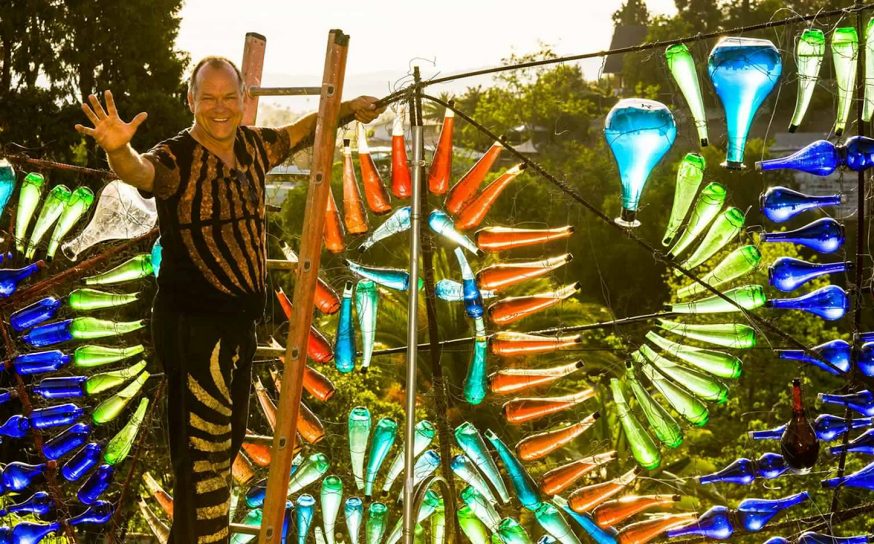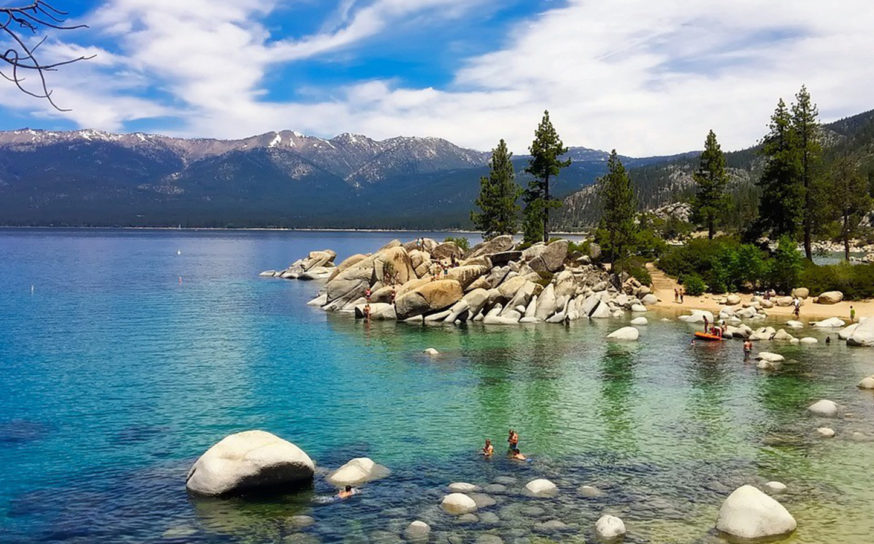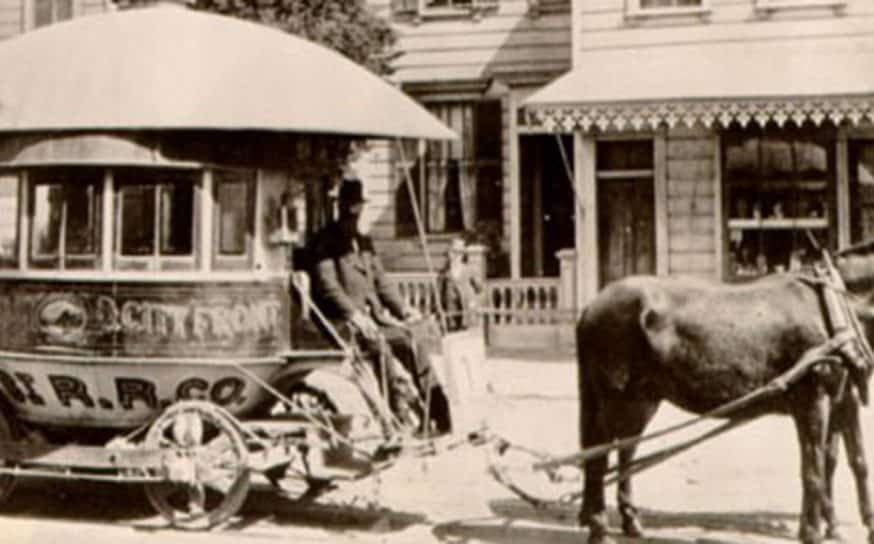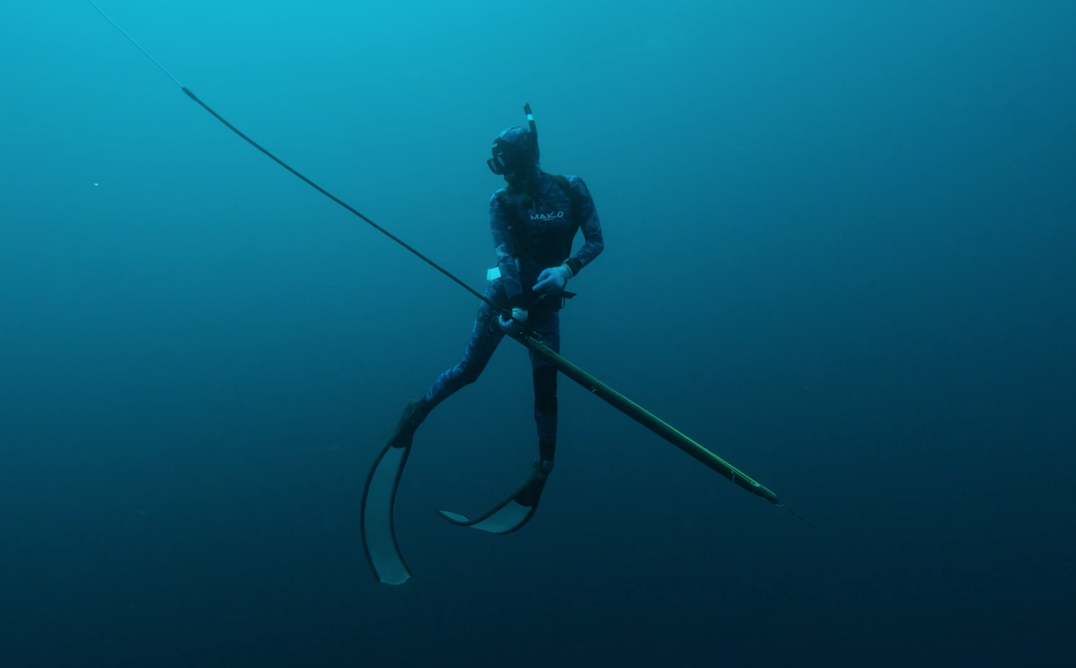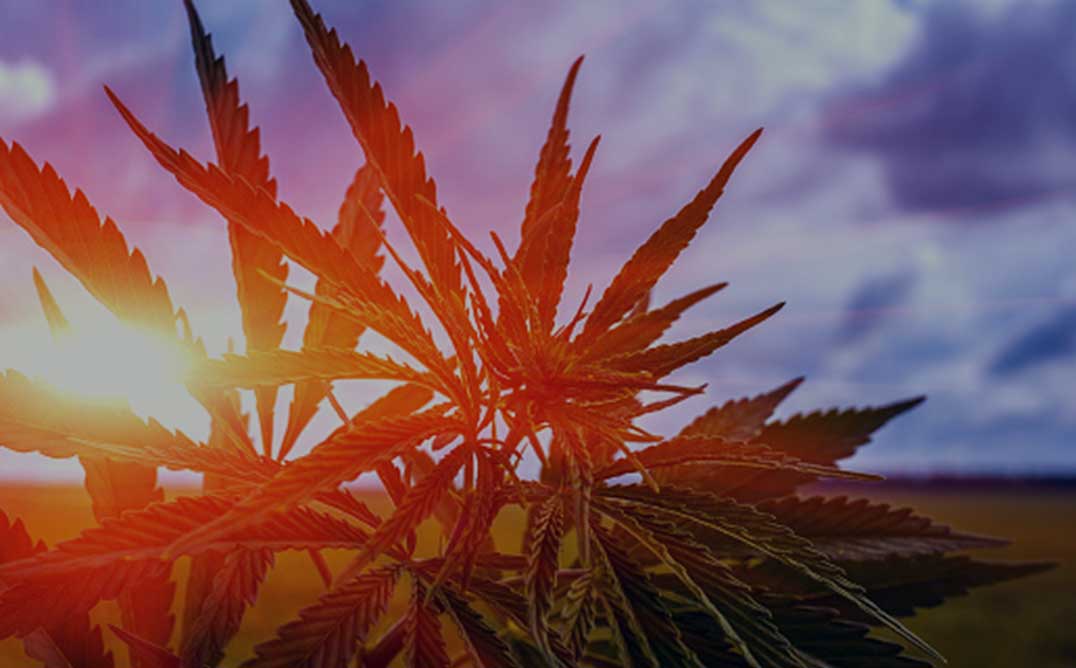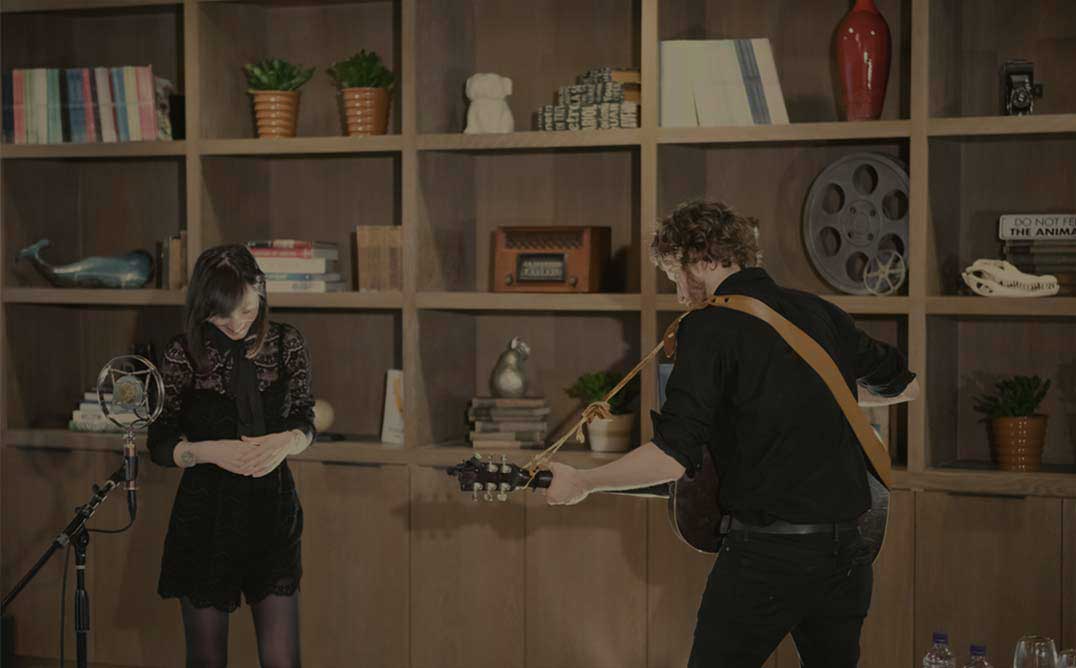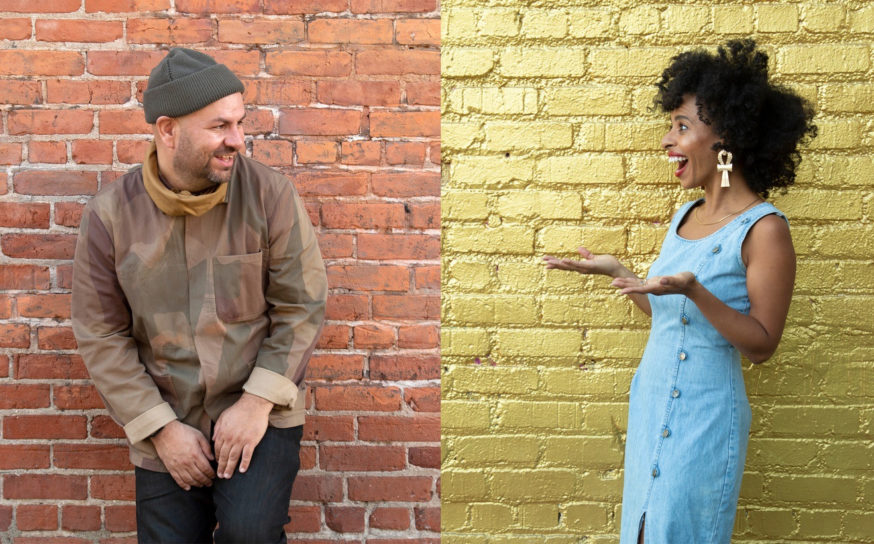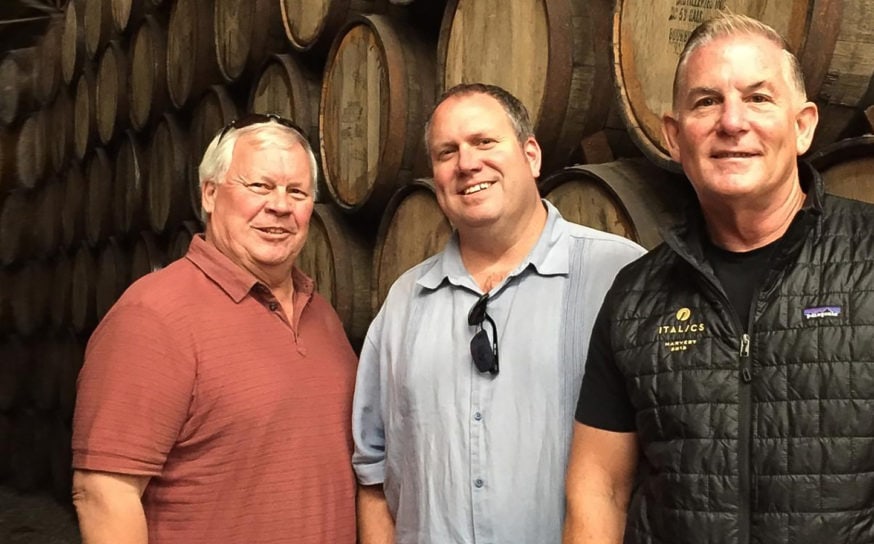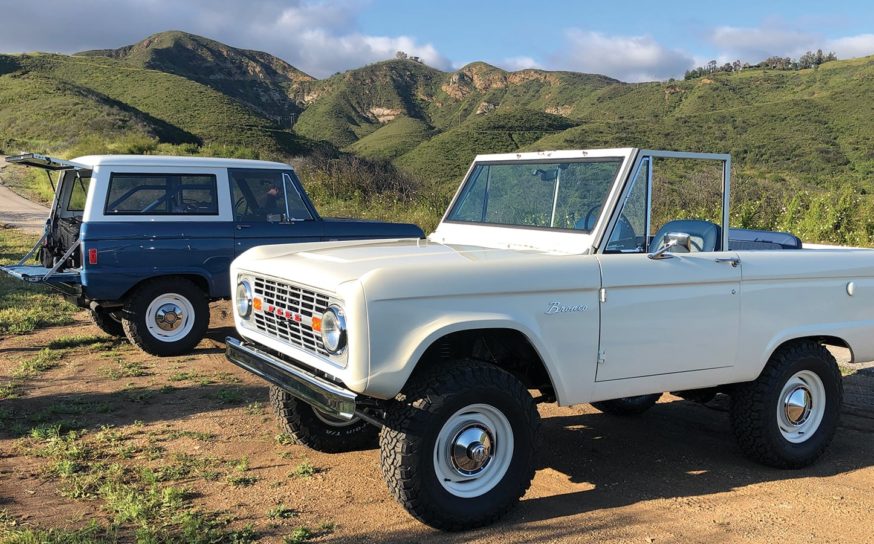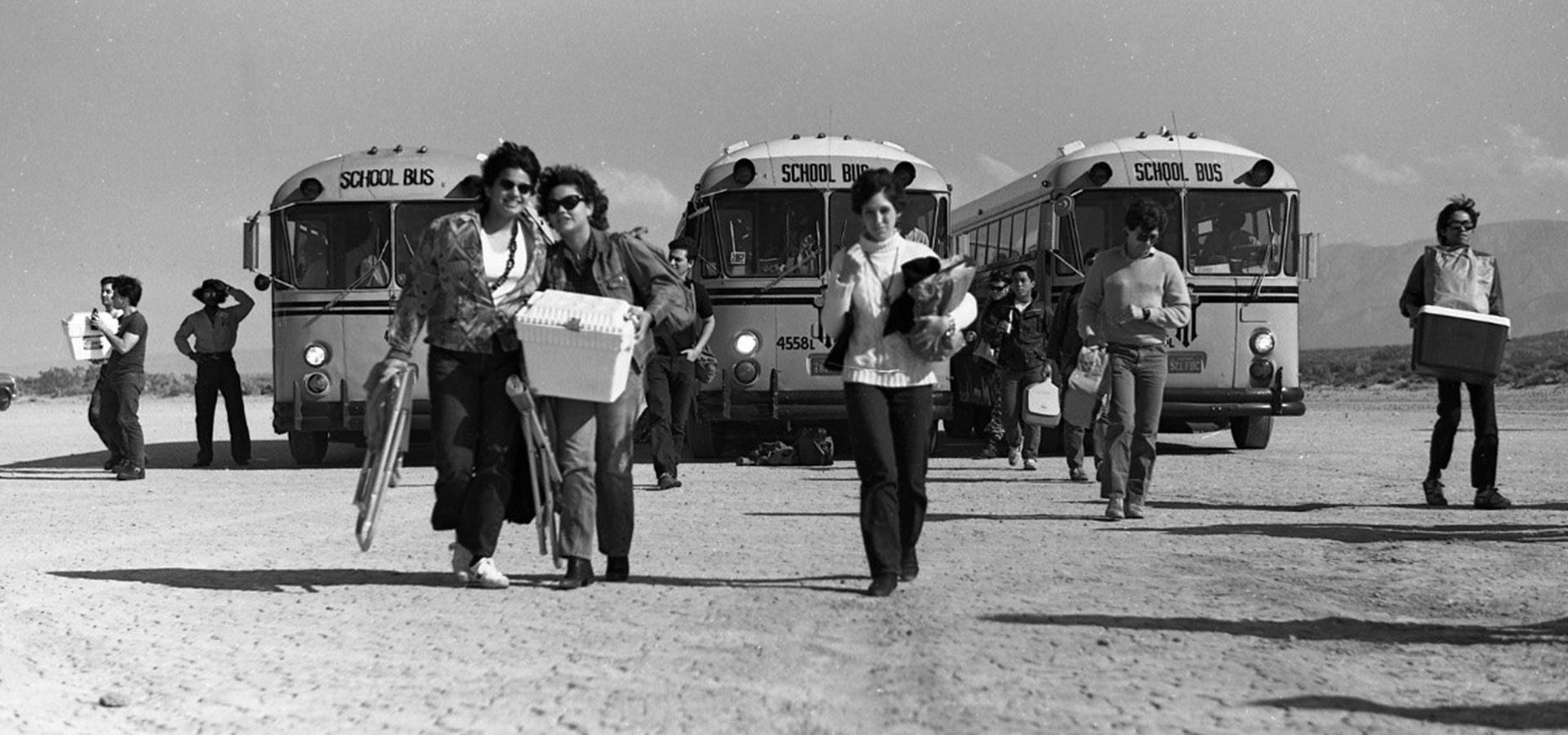
The Original Coachella
There were no flower crowns or burning effigies at this ground-breaking 1983 Mojave music gathering.
-
CategoryArts + Culture
Before the era of Burning Man, Lollapalooza and Coachella, Desolation Center drew punk and industrial music fans to the far reaches of the Mojave Desert for the first of five events, “Mojave Exodus,” in April of 1983. Traveling by rented school bus, hardy devotees journeyed to witness events that the LA Weekly described as being like “some bizarre ritual at the end of the world.“
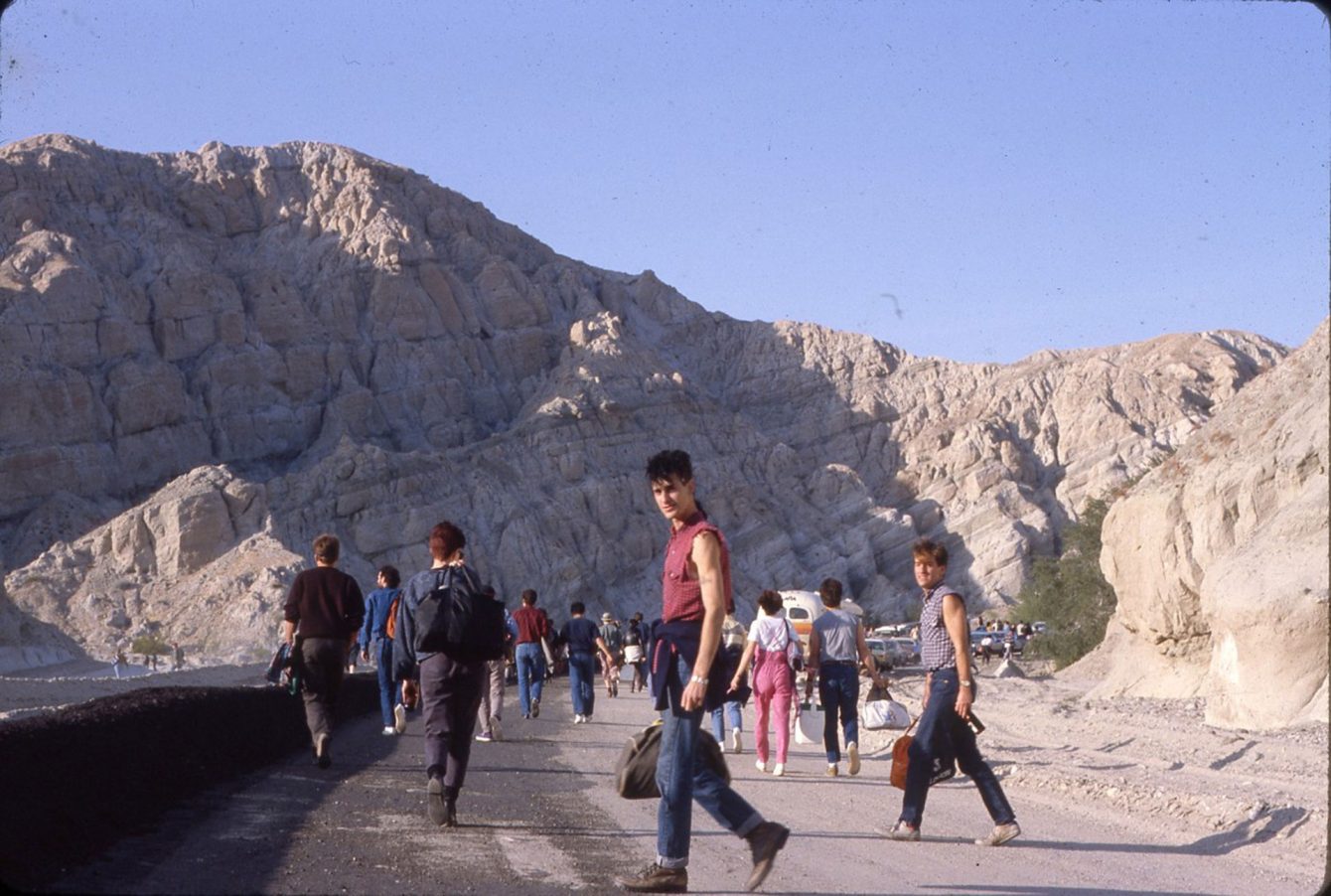
A seafaring music expedition launched from LA Harbor in San Pedro led the LA Reader’s Chris Morris to declare it had “opened a new window in my head.” These surreal guerrilla shows featured site-specific performances by Sonic Youth, Meat Puppets, Minutemen, Einstürzende Neubauten, Survival Research Laboratories, Redd Kross, Saccharine Trust, Savage Republic and Swans, and paved the way for the mega-festivals that have become a crucial part of music and alternative culture in the 21st century.
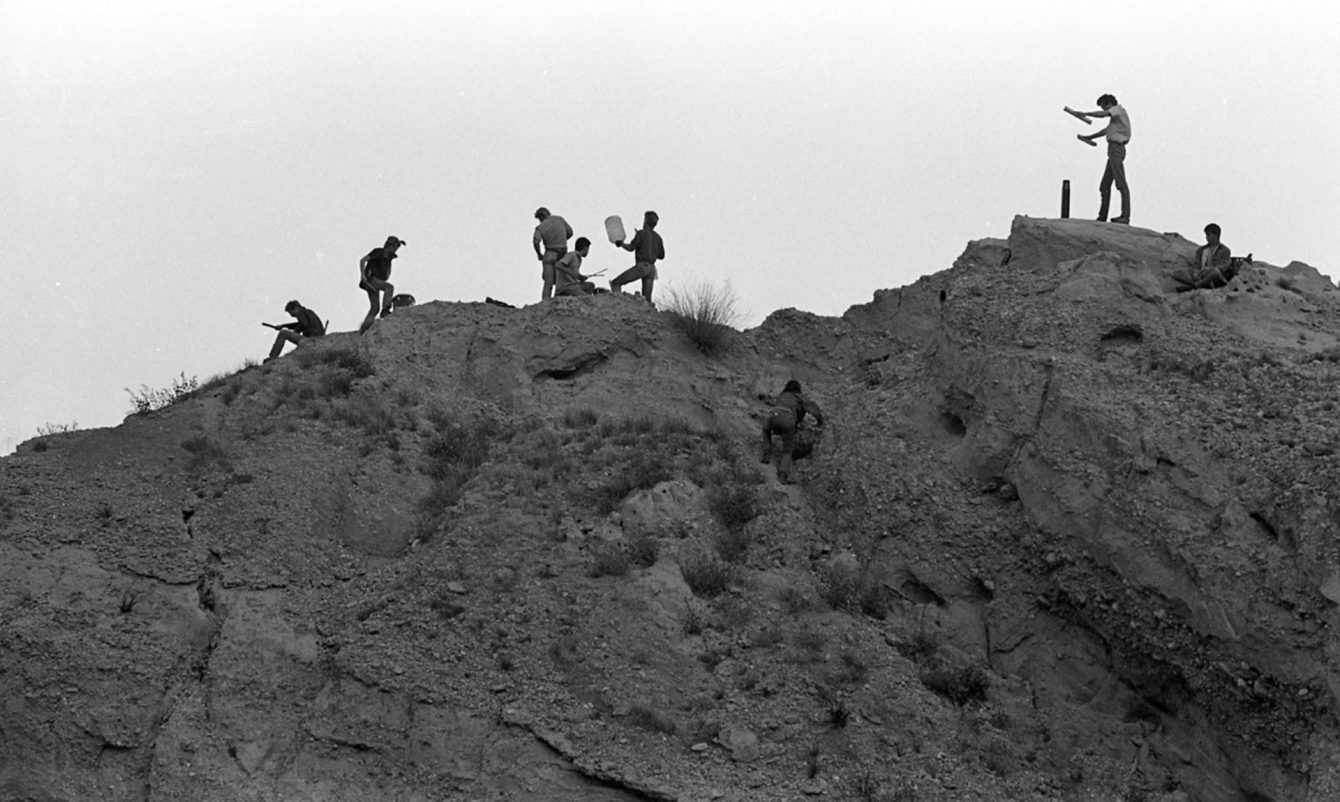
According to KCET’s recent feature on the exhibition, “SoCal native Stuart Swezey was barely 20 when he started producing and promoting live shows for local post-punk bands such as the Minutemen and Savage Republic. Continuing the DIY spirit of early California punk, Swezey set out to keep an emerging genre of alternative music out of nightclubs and inside mysterious warehouses and rehearsal places. This was in accordance with the principles of what would become known as Desolation Center, a consortium of post-punk aficionados who resisted the concept of money-making in favor of truly egalitarian experimental live shows with no guest lists, no paid advertising, and no solicitation of the press. ‘The name came from the feeling of metaphoric desolation that I felt from Los Angeles and its surrounding sprawl in the early 1980s,’ Swezey tells Artbound. ‘Then when I came up with the idea of taking the music events to the desert to get away from those surroundings, it also applied to the more pure sense of desolation of that environment.’”
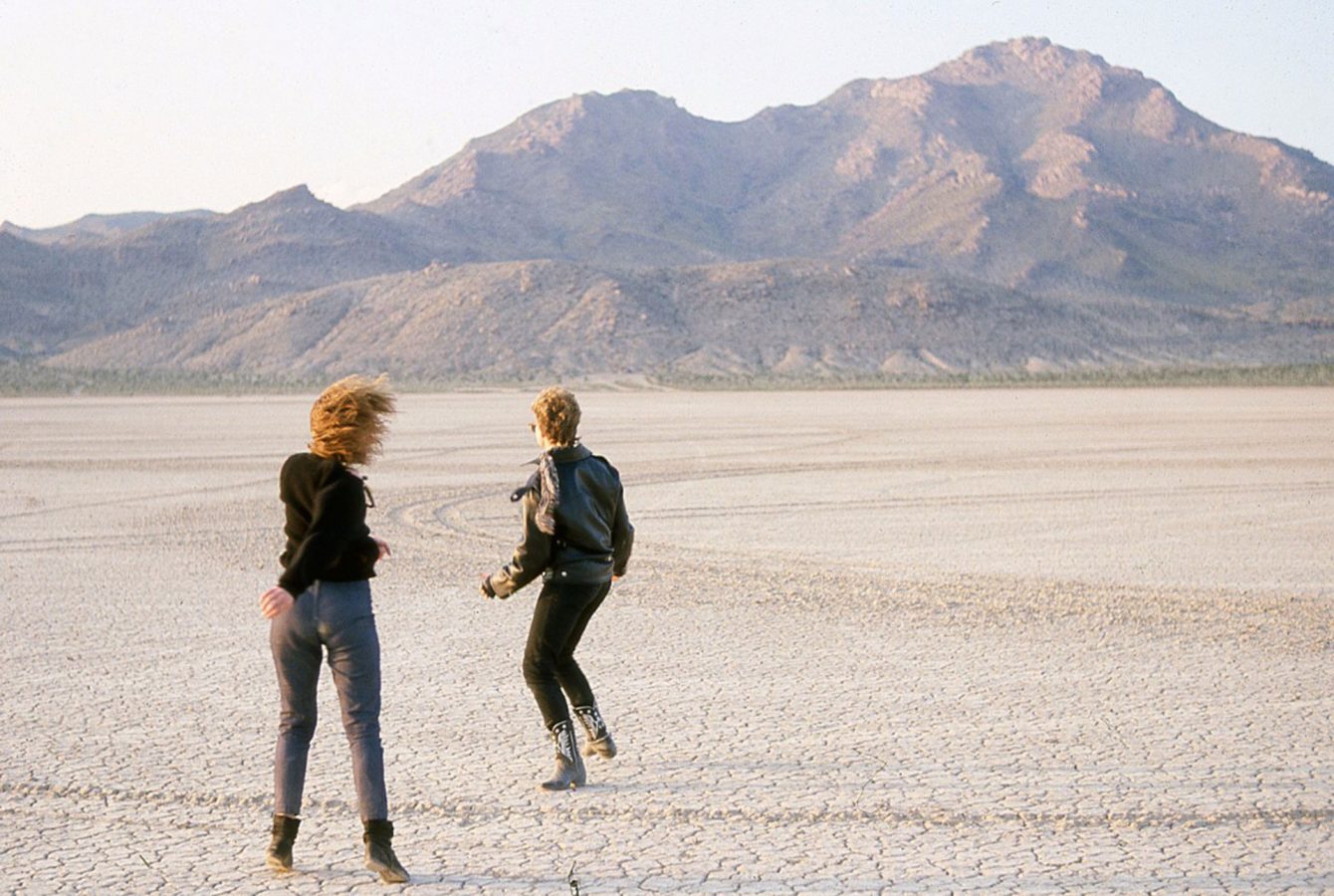
Cornelius Projects in San Pedro pays tribute to Desolation Center’s pioneering vision with an exhibition featuring painting, photography, sculpture, video and ephemera. “From the Desert to the Sea: the Desolation Center Experience” can be viewed from now through August 27.
Photos courtesy of Cornelius Project
Featured image: Buses/Coolers, Desolation Center: Mojave Exodus, 1983 | Scot Allen
The Incredible Lightness of Artist Randy Lawrence
His creation, Phantasma Gloria in Echo Park, is the visual representation of a life spent searching for light … that perfect California light.
Here’s Your Best Plan B for Sold-Out Summer Campsites
If you can’t score a reservation, find a nearby alternative.
This Is How San Franciscan’s Got Around 100 Years Ago
And you thought your commute was slow.



